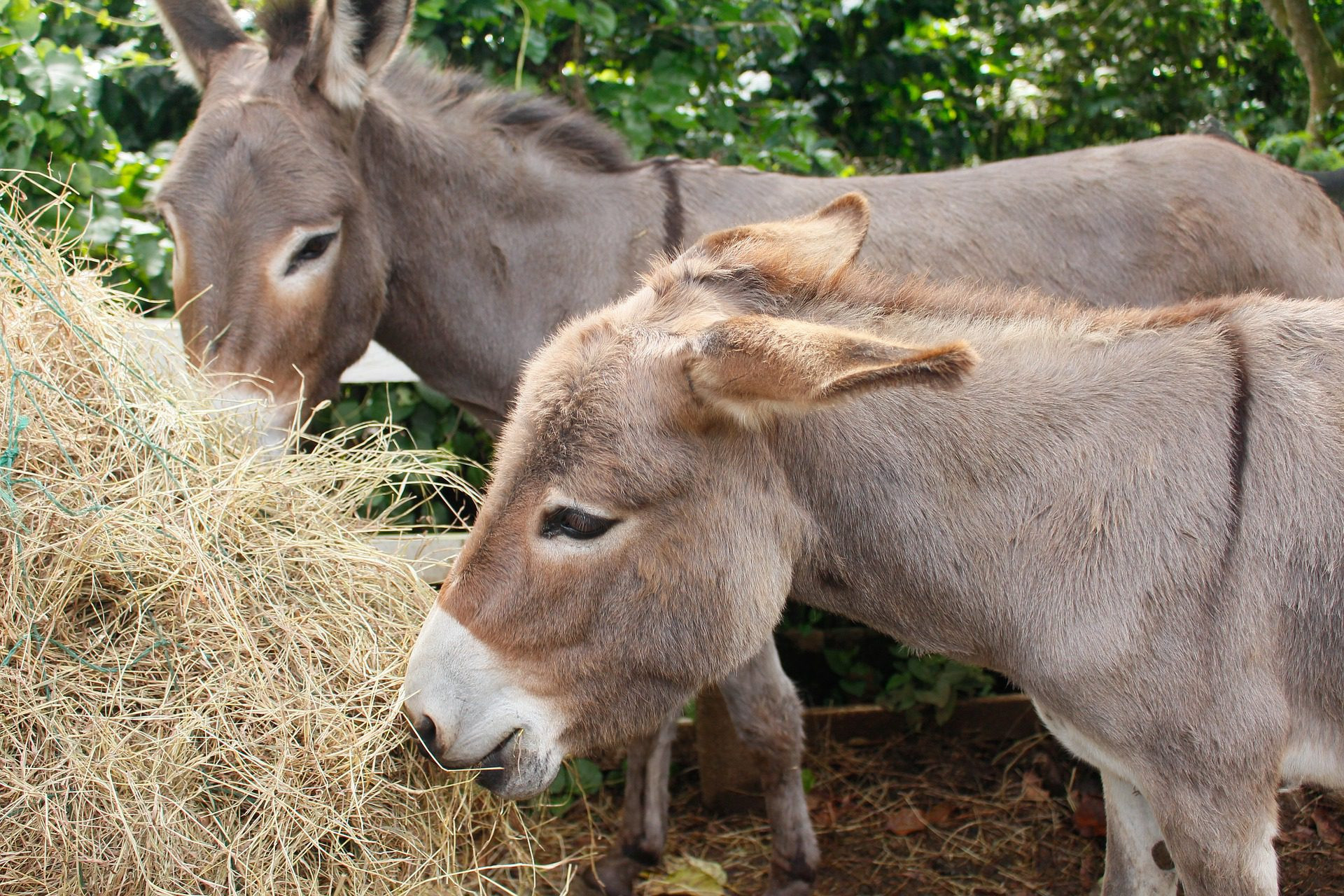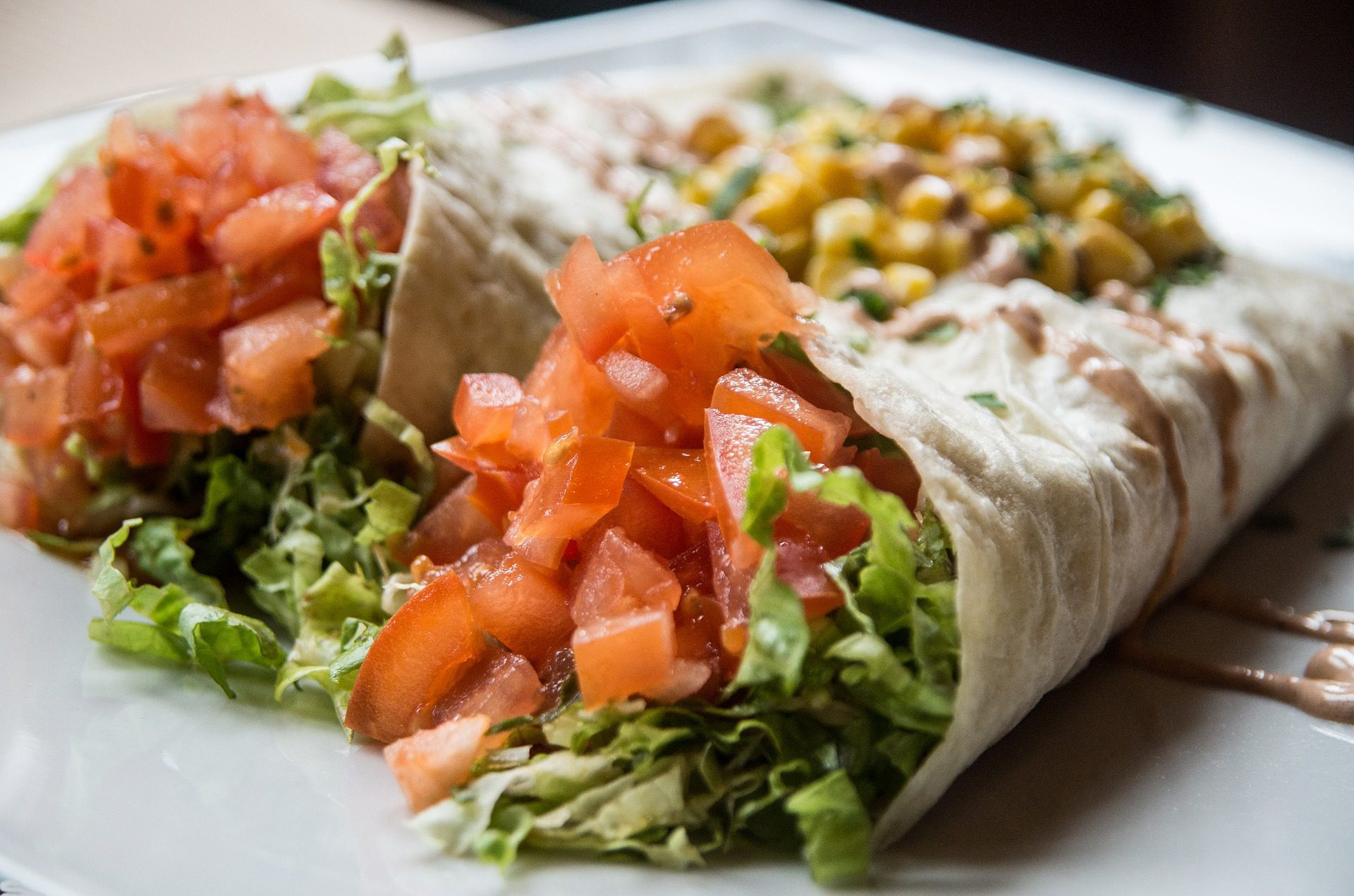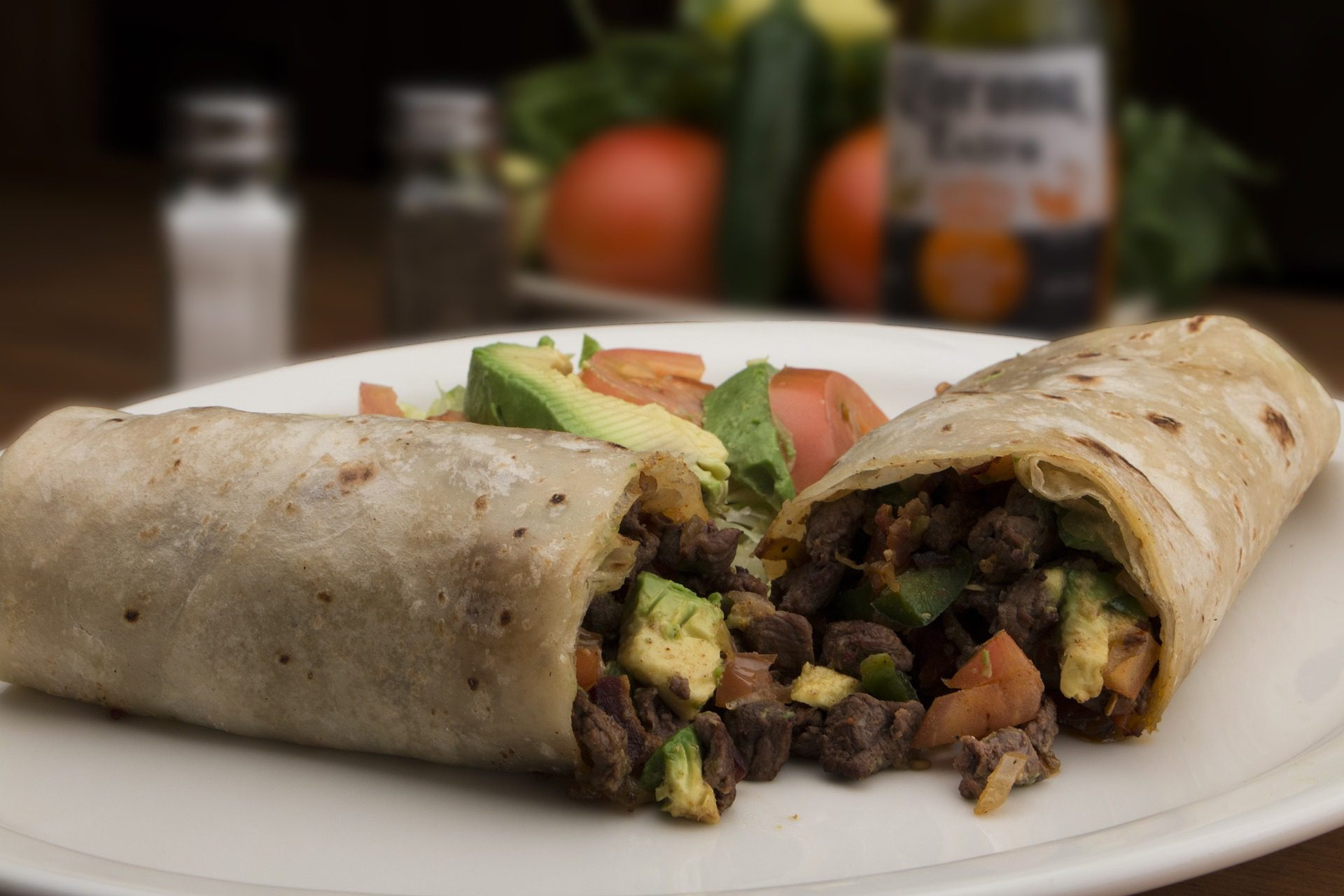Do They Eat Burritos In Mexico? Absolutely, burritos have roots in Mexican cuisine, particularly in the northern regions. At gaymexico.net, we’re passionate about exploring the diverse culinary landscape of Mexico, especially for our LGBTQ+ community, highlighting that while not as ubiquitous as tacos, burritos definitely hold a place in the nation’s gastronomic identity. Dive in to uncover the burrito’s journey from regional snack to global phenomenon, plus discover amazing LGBTQ+-friendly destinations, queer events, vibrant gay bars, inclusive clubs, and welcoming hotels. Learn more about delicious eats, queer culture, and LGBTQ+ travel options with us.
1. Unwrapping The History Of The Burrito
The word “burrito” translates to “little donkey” in Spanish, evoking images of donkeys carrying goods across landscapes. This is a fitting metaphor, as the burrito’s story is laden with tales and travels. While its exact origins are debated, we can trace its ancestral roots back to Mayan civilization around 1500 BC, where corn tortillas were used to wrap food for easy transport. However, the term “burrito” didn’t appear in culinary records until the late 19th century, and only surfaced in English sources by the 1930s. It’s widely accepted that the burrito’s modern form began taking shape in the early 20th century. Who exactly invented it? There are three popular origin stories:
- Juan Méndez’s Street Cart: One story attributes the burrito to Juan Méndez, a street vendor in Ciudad Juárez during the Mexican Revolution. Méndez used a donkey to carry his ingredients into town daily. To keep the food warm and easily accessible, he wrapped it in large flour tortillas. These “food parcels” became known as burritos, named after his trusty donkey.
- Miners’ Provisions: Another theory suggests that burritos originated in mining communities. Miners needed a convenient way to carry their food into the mines, often traveling on donkeys. Large tortillas served as the perfect wrapping, keeping the food contained and easy to eat. Again, the association with donkeys likely led to the name burrito.
- Cowboy Cuisine: A similar theory credits vaqueros (cattle ranchers) in northern Mexico with popularizing the burrito. These cowboys needed a portable and filling meal they could take with them on long cattle drives. The large flour tortilla could hold ample amounts of food, much like a mule carries its load. Thus, it earned the name burrito.
While the true origin of the burrito may remain a mystery, each of these stories highlights its practicality as a portable and convenient meal, ideal for travelers and workers on the go. But how did this regional dish transform into a global culinary sensation?
 Donkey carrying goods
Donkey carrying goods
2. The Rise In Popularity Of Burritos
The expansion of the burrito’s recognition is intricately connected to the migration of Mexican individuals into the United States. From the 1920s to the 1960s, a set of diplomatic arrangements referred to as the Bracero programs were implemented by the U.S. government. These agreements gave millions of Mexican employees short-term work permits to carry out mostly agricultural tasks in the United States. These programs, which were mainly based in the southern territories around New Mexico, resulted in the first mass production of burritos, a meal that authorities believed would appeal to the employees. Even though many of the Mexican employees had probably never had burritos before, given their reputation as a local specialty, the mass production was sufficient to guarantee the burrito’s spread.
The burrito’s evolution was fully underway after it was taken up by fast-food vendors and restaurants in major cities like Los Angeles, San Francisco, and San Diego, and every burrito vendor added their own distinctive touch to the dish. The burrito is currently sold worldwide in a variety of forms that are quite different from its origins. But is this dish, which foodies all over the world recognize as Mexican, widely available in Mexico?
3. Discovering The Burrito In Mexico Today
Planning a trip to Mexico and craving burritos? While internationally recognized as a quintessential Mexican food, burritos are primarily found in northern Mexico, specifically in the state of Chihuahua and its city, Ciudad Juárez. In Mexico, burritos tend to be smaller, resembling traditional tacos. While wheat flour tortillas are gaining popularity nationwide due to their international fame, you’re better off asking for tacos con tortilla de harina (flour tortilla tacos) outside of northern Mexico.
 Close-up shot of a burrito
Close-up shot of a burrito
4. Mexican Burrito Varieties And Regional Twists
While the “burrito” might conjure images of massive, overstuffed creations found north of the border, the Mexican burrito offers a more streamlined experience. In northern Mexico, you’ll find variations reflecting local ingredients and culinary traditions:
- Burrito de Machaca: Filled with dried, shredded beef (machaca) scrambled with eggs. A hearty and flavorful breakfast option.
- Burrito de Deshebrada: Featuring shredded beef simmered in a savory tomato-based sauce. A comforting and classic choice.
- Burrito de Frijoles: A simple yet satisfying burrito filled with refried beans and cheese. A vegetarian-friendly staple.
- Burrito de Chicharrón: Stuffed with crispy fried pork rinds (chicharrón) for a textural and flavorful delight.
- Burrito de Asada: Featuring grilled steak, often accompanied by onions, peppers, and cheese.
These are just a few examples. Keep an eye out for regional specialties and local variations as you explore northern Mexico.
5. The Burrito Versus The Taco: A Mexican Food Face-Off
In Mexico, the burrito exists, but the taco reigns supreme. Tacos offer endless variety with fillings like carne asada, carnitas, al pastor, and more, all served on corn or flour tortillas. Tacos are smaller, often handheld, and highlight fresh ingredients and simple preparations. The taco’s versatility and widespread availability make it a true national dish.
6. Beyond The Burrito: Exploring Mexico’s Culinary Gems
Mexico’s cuisine earned UNESCO World Heritage status for its depth and diversity. Venturing beyond burritos unlocks a world of flavor:
- Mole: A complex sauce made with chilies, spices, chocolate, and more.
- Pozole: A hearty soup with hominy, meat, and garnishes.
- Enchiladas: Corn tortillas filled with meat or cheese, covered in sauce and baked.
- Tamales: Corn dough filled with various ingredients, wrapped in corn husks and steamed.
- Chiles Rellenos: Poblano peppers stuffed with cheese, battered, and fried.
- Esquites: Corn kernels sautéed with spices, herbs, and lime juice.
Mexico offers countless culinary delights beyond burritos, catering to every taste.
 Mexican food including avocado
Mexican food including avocado
7. LGBTQ+ Travel Tips For Foodies In Mexico
Mexico embraces LGBTQ+ travelers, especially in cities like Puerto Vallarta, Mexico City, and Cancun. Here are some tips for a safe and enjoyable culinary adventure:
- Research LGBTQ+-friendly establishments: Look for restaurants, bars, and cafes with inclusive atmospheres.
- Learn basic Spanish phrases: Knowing phrases like “somos LGBTQ+” (we are LGBTQ+) and “un mesa para dos, por favor” (a table for two, please) can enhance your experience.
- Be aware of local customs: While Mexico is generally welcoming, public displays of affection may attract unwanted attention in some areas.
- Connect with local LGBTQ+ communities: Reach out to LGBTQ+ organizations and community centers for recommendations and support.
- Stay informed: Stay updated on current events and potential safety concerns.
8. Gaymexico.Net: Your Guide To LGBTQ+ Mexico
Planning an LGBTQ+ trip to Mexico? Gaymexico.net offers comprehensive resources:
- Destination Guides: Discover LGBTQ+-friendly cities and regions.
- Event Listings: Find queer-friendly events, festivals, and parties.
- Accommodation Directory: Browse gay-friendly hotels, resorts, and guesthouses.
- Community Forum: Connect with other LGBTQ+ travelers and locals.
- Travel Tips & Advice: Stay informed about safety, customs, and legal issues.
9. Mexico City: A Culinary Hub For LGBTQ+ Travelers
Mexico City is a vibrant metropolis with a thriving LGBTQ+ scene and diverse culinary offerings. Explore neighborhoods like Zona Rosa, known for its gay bars, clubs, and restaurants. Indulge in street food tours, cooking classes, and fine dining experiences. Mexico City offers a feast for the senses, with options for every palate and preference.
10. Puerto Vallarta: A Beach Paradise For LGBTQ+ Foodies
Puerto Vallarta is a popular beach destination with a welcoming LGBTQ+ community and a burgeoning food scene. Discover beachfront restaurants, seafood shacks, and upscale dining establishments. Sample local specialties like pescado embarazado (grilled fish on a stick) and shrimp ceviche. Enjoy the sunset with a margarita in hand, surrounded by the beauty of Banderas Bay.
5 Intended Search Queries
- Are burritos authentic Mexican food?
- Where can I find burritos in Mexico?
- What are the different types of burritos in Mexico?
- Are burritos popular throughout Mexico or only in certain regions?
- What is the history of the burrito in Mexican cuisine?
FAQ: Burritos In Mexico
Here are some frequently asked questions about burritos in Mexico:
- Are burritos widely available in Mexico? While burritos are not as common as tacos throughout Mexico, they are a regional specialty, primarily found in the northern states.
- What is the difference between a Mexican burrito and an American burrito? Mexican burritos tend to be smaller and simpler, often containing only one or two fillings. American burritos are typically larger and more elaborate, with a wider range of ingredients.
- What are some typical burrito fillings in Mexico? Popular fillings include machaca (dried shredded beef), deshebrada (shredded beef in sauce), frijoles (refried beans), and chicharrón (fried pork rinds).
- Are there vegetarian burrito options in Mexico? Yes, burritos de frijoles (refried beans) are a common vegetarian option. You may also find burritos filled with vegetables or cheese.
- Can I find burritos in Mexico City? While not as prevalent as in northern Mexico, some restaurants and street vendors in Mexico City offer burritos.
- What should I order if I want a burrito outside of northern Mexico? Ask for tacos con tortilla de harina (flour tortilla tacos).
- Are burritos considered a breakfast, lunch, or dinner food in Mexico? Burritos can be eaten at any time of day in Mexico.
- Do Mexicans put rice in their burritos? Rice is not a traditional ingredient in Mexican burritos, but some vendors may include it.
- Are burritos spicy in Mexico? The spiciness of a burrito depends on the filling and the salsa used. You can always ask for a mild or spicy salsa.
- What is the origin of the name “burrito”? The name “burrito” means “little donkey” in Spanish, likely referring to the way burritos were carried on donkeys in the past.
Conclusion
Burritos hold a special place in Mexico’s diverse culinary scene. While not as widespread as tacos, they offer a taste of northern Mexico’s unique flavors. For LGBTQ+ travelers seeking culinary adventures and cultural immersion, Mexico provides a welcoming and enriching experience.
Ready to explore the delicious world of Mexican cuisine and discover LGBTQ+-friendly destinations? Visit gaymexico.net today for travel guides, event listings, and community connections. Let us help you plan your dream trip to Mexico!
Address: 3255 Wilshire Blvd, Los Angeles, CA 90010, United States
Phone: +1 (213) 380-2177
Website: gaymexico.net